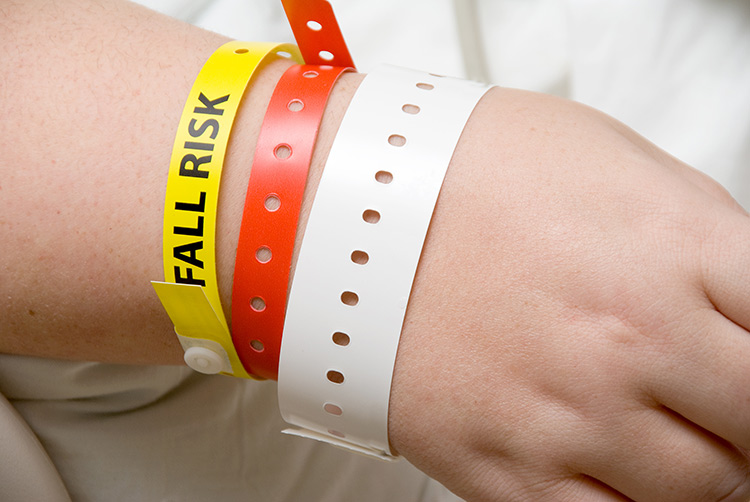How One Hospital Improved Patient Safety with Wristbands
Although a variety of systems have been used over the years when developing hospital wristbands for patients, errors have still been made in the areas of incorrect treatments and prescriptions. As a result, a Milwaukee hospital decided to ensure that some of its tiniest and most vulnerable patients – namely, newborns – are clearly and properly identified at all times by implementing a new wristband identification system for all of the babies in its care.
Changing an Existing System
At present, babies in hospital neonatal intensive care units (NICU) are normally provided with identifying wristbands almost immediately after they are born. However, these usually just end up being labeled “Babyboy” or “Babygirl.” While this can help provide each newborn with his or her own unique identification until the parents have settled on an appropriate name, there is also a serious problem associated with this particular approach. These non-distinct names can result in a lot of confusion being experienced, especially when hospital nurseries are full of babies – especially when the babies themselves look extremely similar.
Taking a Unique Approach
Researchers who were working in the previously mentioned Milwaukee hospital decided to take a somewhat different approach to naming the infants in the NICU. They provided each infant with a distinctive name by simply combining the mother’s first name, the gender of the baby and the mother’s surname. For example, the old naming system would have simply had the baby’s wristband read ‘Babyboy Smith.’ However, when there was more than one baby with the same surname, it got confusing. As a result, the new naming structure will be created along the lines of ‘SammysboySmith’ instead, enabling nurses to know exactly which baby is which.
A Successful Experiment
The new baby naming hospital wristbands appear to have been a tremendous success. Results of a Pediatrics study that was published showed that there was a 36% reduction in wrong-patient electronic orders (these are identified as orders that are reversed within a time frame of 10 minutes and then placed by the same doctor for the correct patient within the next 10 minutes at the most). Part of the research noted the following information, “Our results support the hypothesis that the simple intervention of changing from a non-distinct naming convention to a distinct naming convention can result in a meaningful reduction in wrong patient errors in NICUs.”
Small but Effective Changes
In many cases, people think that a lot of time, money and additional employees will be required in order to make new health care changes a successful venture. However, this scenario has clearly proven that this is not always true. Simply typing an amended name on to infants’ hospital wristbands can help the hospital in question to ensure that everyone in the NICU is properly and correctly identified at all times. This can help prevent thousands of costly or even life-threatening errors from occurring each year.
It is expected that many other hospitals throughout the country could follow suit when it comes to ensuring that their youngest patients are correctly identified at the time of birth.

